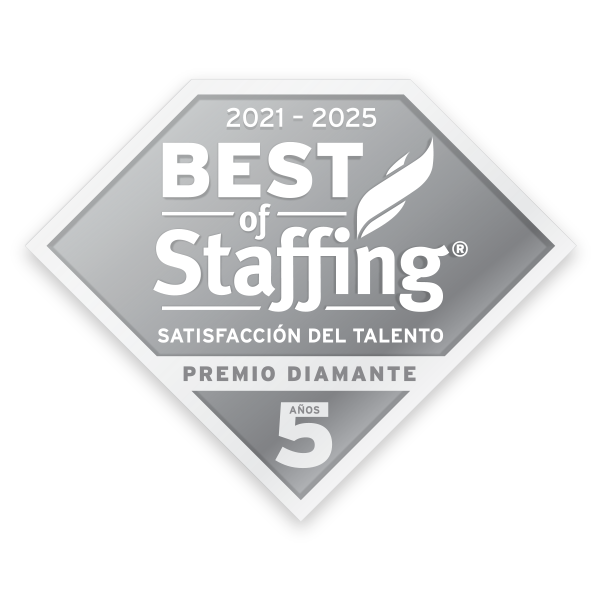Answers for US Companies

Whether your organization is in the European Union (EU) or not, the European Accessibility Act (EAA) is raising the bar for you. Many United States (US) companies are already feeling the impact.
This EU directive requires nearly all companies with EU customers to make their digital products, services, and properties accessible to all. Member States must enforce the directive as law and develop accessibility standards based on the Web Content Accessibility Guidelines (WCAG).
Recognizing the importance of digital accessibility and the EAA, organizations everywhere are looking into what they need to do to comply. This article answers the key EAA questions that US-based business leaders are asking.
- What is the European Accessibility Act?
- Does the EAA apply to my organization?
- What if my organization is based in the US?
- Which digital properties does the EAA apply to?
- What are the risks of non-compliance?
- What’s the deadline?
- What does compliance mean for your business?
- What next steps can your business take?
What is the European Accessibility Act?
In the words of the European Commission, the EAA is “a directive that aims to improve the functioning of the internal market for accessible products and services, by removing barriers created by divergent rules in Member States.” In simple terms, it’s an EU law that requires Member States to mandate digital accessibility.
Does the EAA apply to my organization?
Unlike regulations that only apply to the public sector, the EAA has broad reach. If your organization is public, it applies to you. If your organization is private, it applies to you as long as you have at least 10 employees and annual revenue exceeding €2 million or $2.2 million.
What if my business is based in the US?
If your business sells products or services to consumers in the European Union (EU), the EAA likely applies to you. It includes US-based companies and many organizations based outside the EU that have customers in the EU.
Which digital properties does the EAA apply to?
The act primarily focuses on digital products, services and properties. To comply, your websites, mobile applications, PDFs, videos, digital images, and all multimedia content must be accessible to all.
What are the risks of non-compliance?
Non-compliance can result in significant financial penalties. While the amounts vary by Member State and level of non-compliance, they can reach up to $990,000, far exceeding the cost of getting accessible. Failure to comply can also damage your brand reputation and alienate prospective customers.
What’s the deadline?
The EAA required all Member States to pass their own laws by June 28, 2022, and enforcement begain on June 28, 2025 for companies in the US and across the globe. If you have customers in multiple EU states, you could face penalties from each state if your organization isn’t compliant by the required date.
What does compliance mean for your business?
To follow the EAA, your digital properties must meet EN 301 549 criteria, the European standard for digital accessibility. EN 301 549 applies WCAG 2.1 level AA standards. Your organization must also meet added requirements, including:
- Document how accessibility is managed within the organization
- Train employees on accessibility best practices
- Monitor the accessibility of your product or service on an ongoing basis
- Publish an accessibility statement that explains what steps you’ve taken to achieve compliance, including all required details
What steps can your business take?
While the details of the EAA differ from US digital accessibility laws, your path to compliance should not. If your digital properties are not compliant, you can take these steps to get them on track and maintain your progress.
- Assess: Begin by conducting a full, manual WCAG audit of your digital properties. Your audit will help you understand where your assets currently stand and identify any areas that need remediation.
- Plan: As soon as you have your audit results, you can start remediation planning, prioritizing, and strategizing. You’ll need to decide who’s responsible for what, choose the right tools for the work, and figure out how you’ll measure success.
- Implement: Once you’ve built your strategy, you need to put it into action. Start by addressing identified defects and teaching your teams the best practices. Then, get native user testing done by people with disabilities, verify your fixes, and document your progress.
- Monitor: Digital accessibility isn’t just a one-time project. It takes constant advocacy, attention and improvement to keep moving forward and never back. Combine automated scanning tools and regular manual testing to spot new issues as they arise. Provide continuous training to keep up with changing needs. Finally, shift left by integrating digital accessibility into every step of your design and development processes.
Final Thoughts
The EAA not only affects the EU but helps promote digital accessibility and inclusive design around the globe. By complying and shifting left, your company does more than avoid potential penalties; it shows a commitment to creating a more inclusive digital world.
Additional Resources:
- EAA Full Text
- EUR-Lex Summary of the EAA
- European Commission EAA Description
- Inclusion Europe EAA Video
Get EAA-ready today.
Every journey begins with an audit, but it doesn’t end there. Onward Search offers subscription and project-based a11y services, as well as staffing support, to help every step of the way. Explore our end-to-end solutions.
Request an audit or service.
Tell us what you need, and our team will be in touch to support you within 24 hours.







